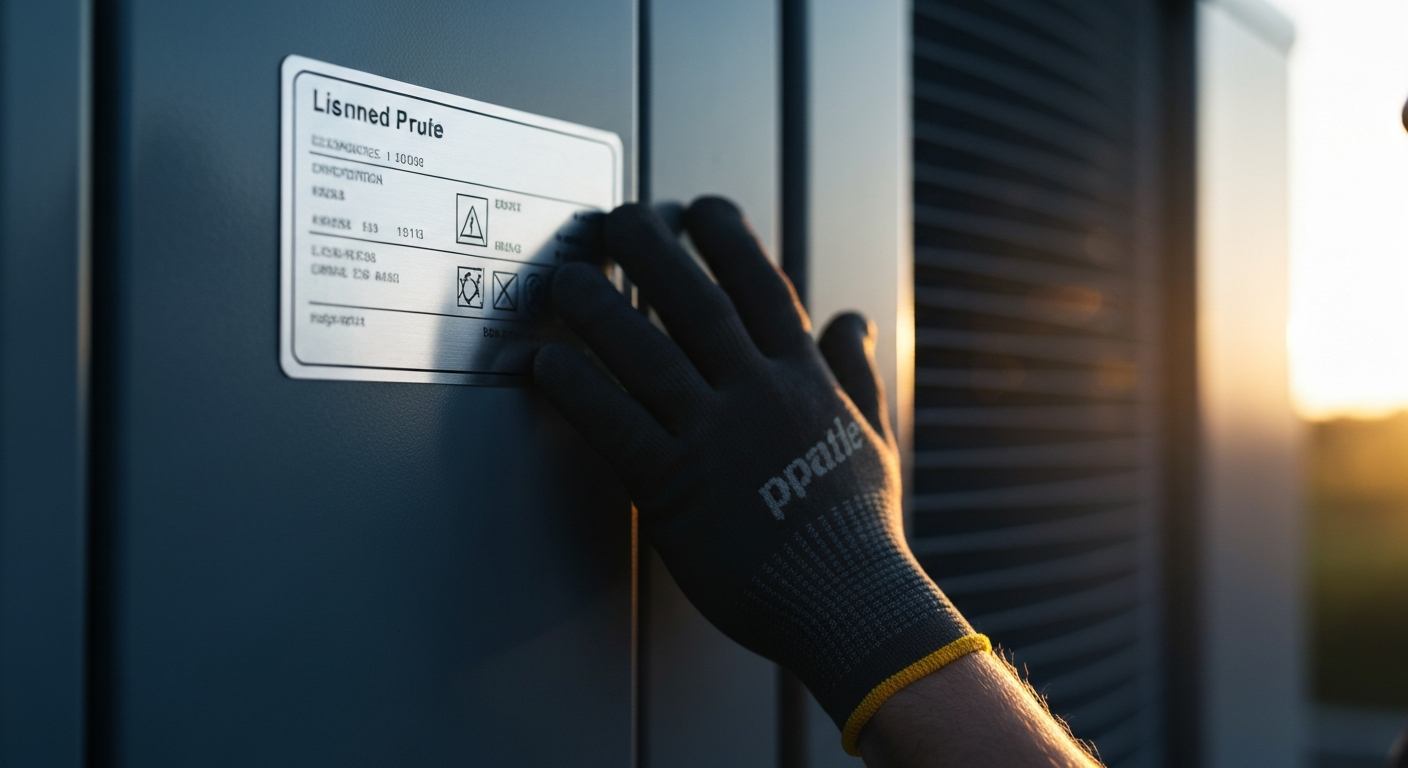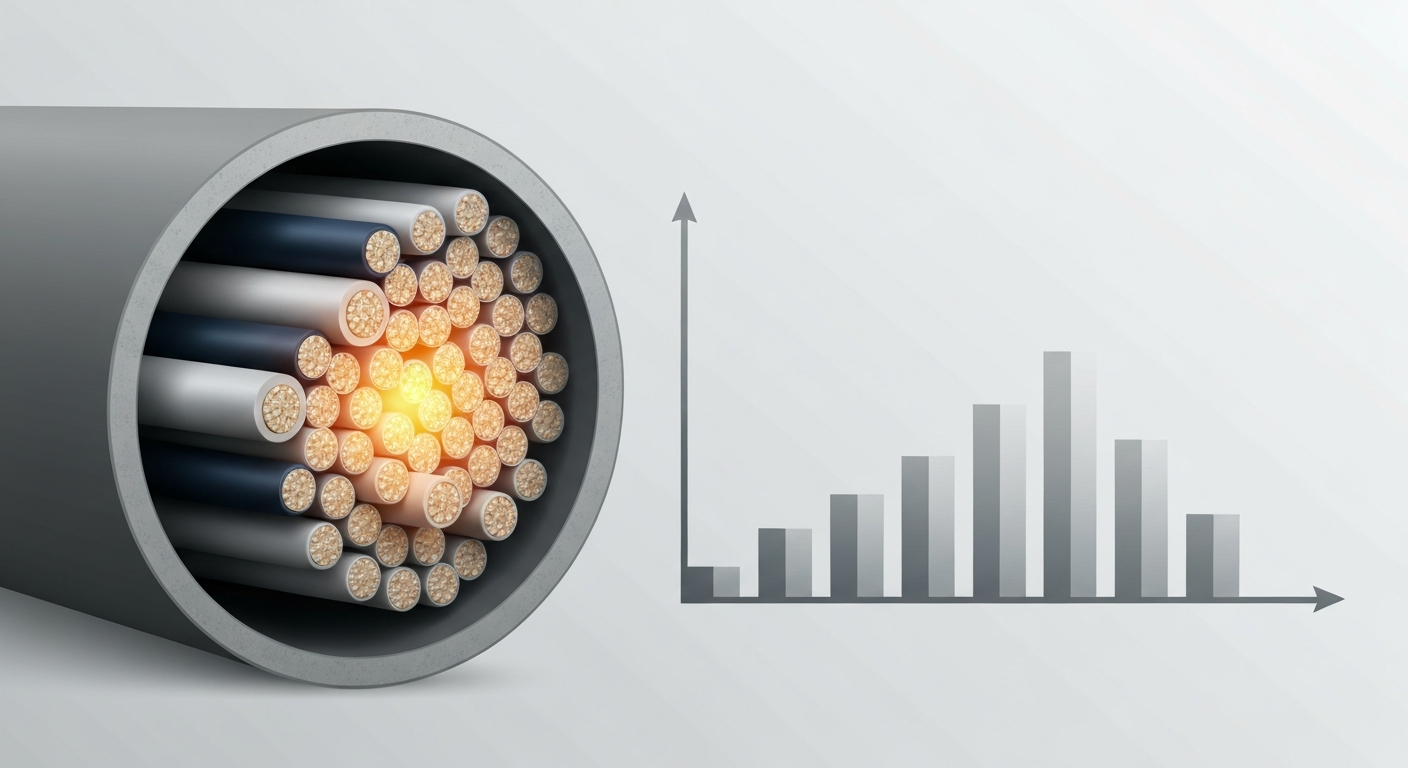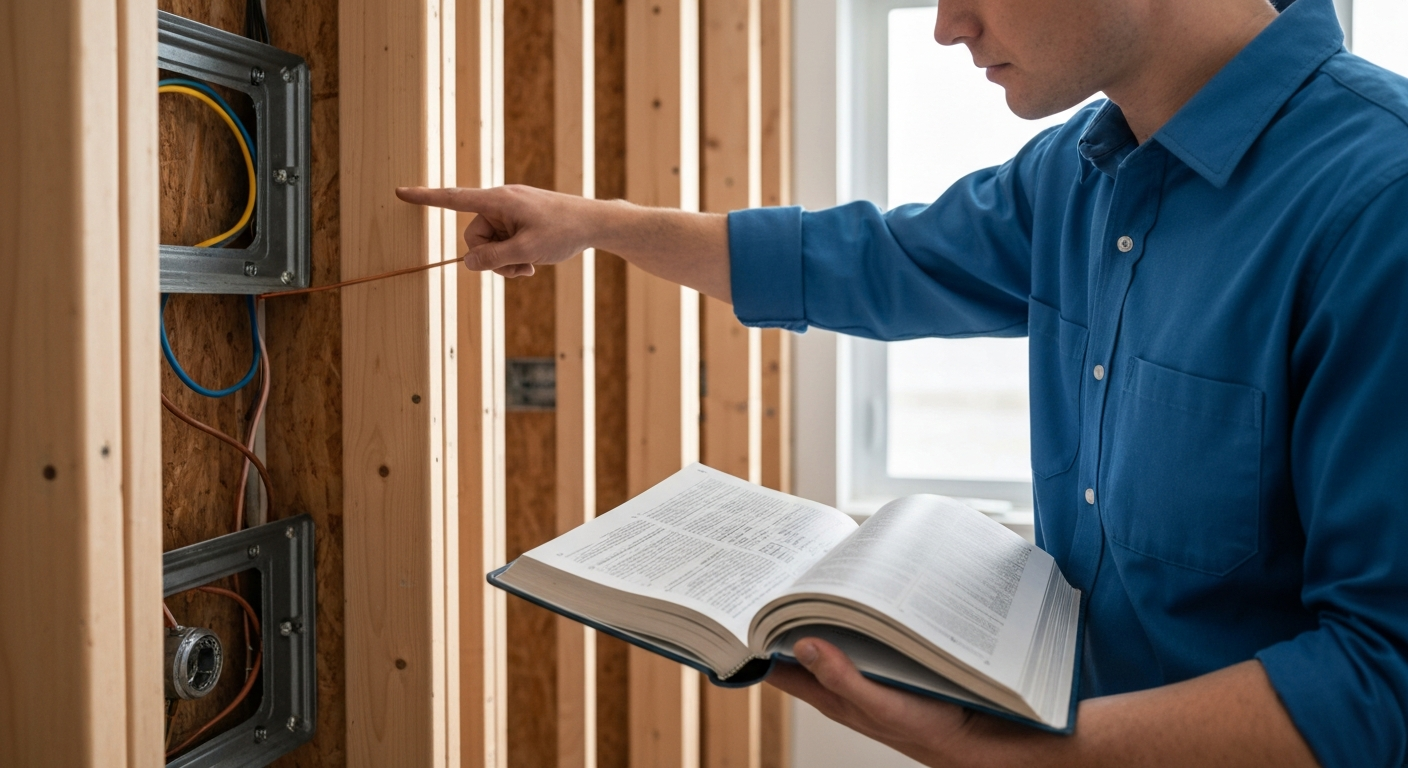As a licensed electrician, ensuring proper nec working clearance around electrical equipment is not just a matter of compliance—it’s a fundamental requirement for safety and serviceability. Governed by NEC 110.26, these rules define the minimum Spaces about electrical equipment necessary …
Your Expert Guide to NEC Chapter 9 Table 8 For licensed electricians, chapter 9 table 8 nec is a fundamental resource for accurate electrical calculations. This critical table provides the essential NEC Table 8 conductor properties, detailing the physical and …
As a professional electrician, selecting the correct nonmetallic-sheathed cable is crucial for code-compliant, safe, and durable installations. While Type NMB is the standard for dry, interior locations, understanding the distinct properties of NMC cable is essential for specialized environments. Type …
An inverse time circuit breaker is an overcurrent protective device (OCPD) designed with a tripping time that is inversely proportional to the magnitude of the overcurrent. In simpler terms, the higher the overcurrent, the faster the breaker trips. This dual-function …
As a licensed electrician, encountering older electrical panels is a daily reality. One of the most common service call challenges involves finding a bryant breaker replacement. The direct, code-compliant answer is the Eaton BR series. Bryant Electric was acquired by …
Article Summary: For licensed electricians, understanding the mca meaning electrical is crucial for code-compliant HVAC installations. MCA stands for Minimum Circuit Ampacity, which dictates the minimum size of the conductors feeding the unit. The mop electrical meaning is Maximum Overcurrent …
NEC Derating Explained: A Guide to Conduit Fill Adjustments Understanding the nec derating table is fundamental for ensuring safe and compliant electrical installations. Derating is the intentional reduction of a conductor’s allowable ampacity of conductors due to conditions that prevent …
Article Summary: To properly calculate wire ampacity, a licensed electrician must begin by consulting NEC Table 310.16 to find the baseline ampacity for a specific conductor size and insulation type, ensuring the correct temperature column is used based on terminal …
As a professional electrician, you’ve likely been asked this question by homeowners and general contractors countless times: does a refrigerator need a dedicated circuit? The short answer is that while the National Electrical Code (NEC) doesn’t explicitly mandate it in …
As a certified CE instructor for ExpertCE, I’ve seen firsthand how critical proper grounding is for the safety and integrity of any electrical installation. Correctly sizing your grounding conductors isn’t just about passing inspection—it’s about protecting lives and property. This …










